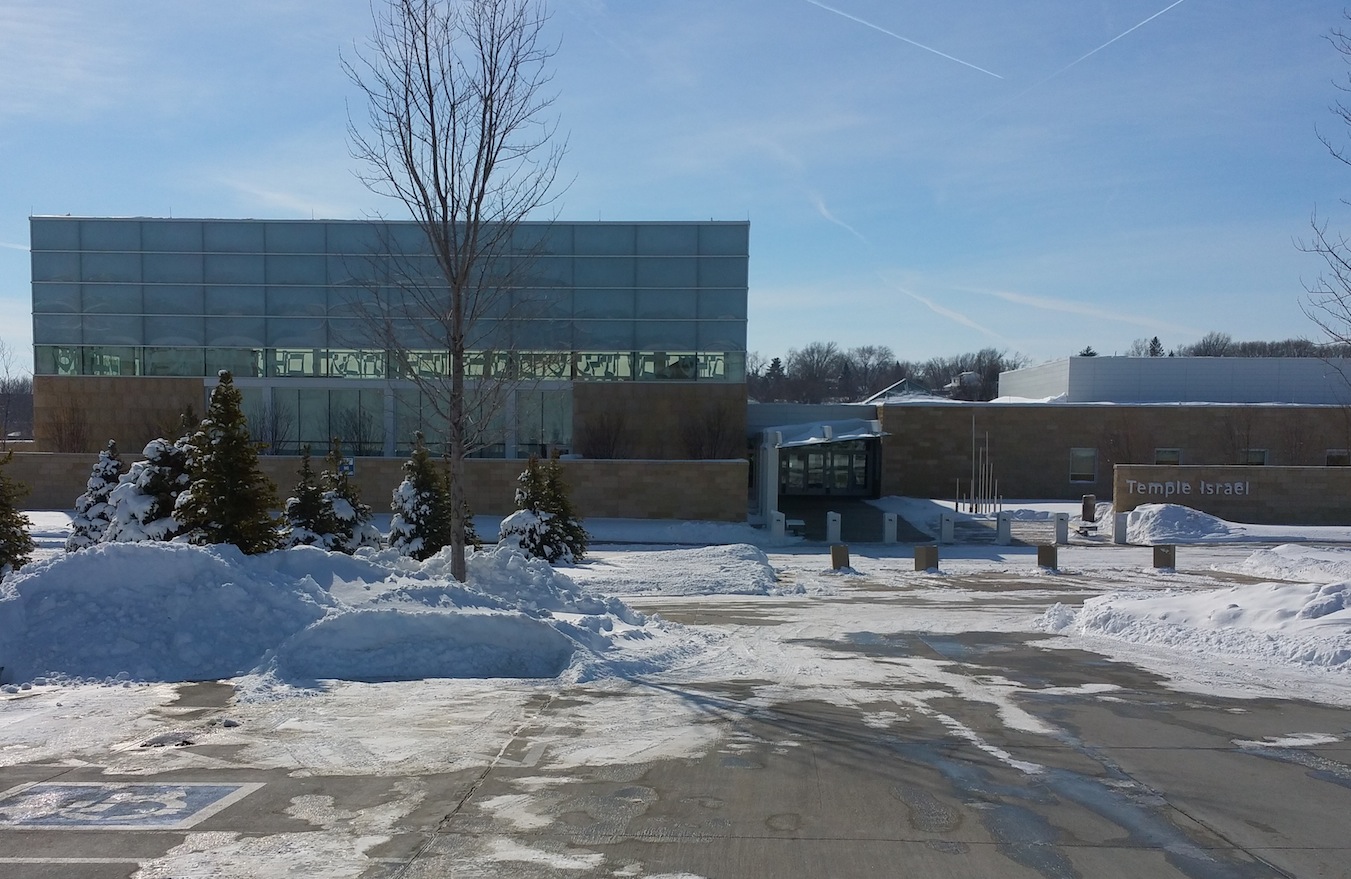OMAHA, Neb. (JTA) — The halls of the Omaha Jewish Community Center are often empty, but not because there is no Jewish life here. Quite the contrary. On any given day, we have an impressive number of Jewish activities for a community of 5,500 Jews. So why the empty hallways?
Because we have invested considerably more in our buildings than we have in the Jews who are supposed to occupy them. The size of some of these buildings is a tribute to the largesse of our donors, but they have not been effective in getting increasing numbers of Jews involved in our community. These structures are, at least in part, a triumph of feeling good over doing good.
To be clear, our community has one of the most successful federation campaigns per capita in the United States. Our donors have performed remarkable acts of kindness privately and publicly, on scales large and small. Some of these acts have been nothing less than heroic.
Yet the investment of both money and time into some capital campaigns in Omaha has detracted from the Jewish experiences — day schools, summer camps, compelling educational programs and the like — that Jews need to remain connected to their community. What’s more, given the powerful demographic trends away from organized Jewish life in North America, much of this infrastructure is unsustainable.
Yes, I know that capital campaign dollars are not fungible and that dollars which aren’t spent on buildings will not automatically fund Jewish schools or summer camps. But reconsidering our current levels of capital spending could lead to some very productive results. At a bare minimum, we might avoid saddling future generations with the responsibility of maintaining excessive and expensive infrastructure.
In Omaha, the Reform congregation Temple Israel, which is headed by a remarkable rabbi and made up of 800 members, raised approximately $25 million for a new building even though Friday night services are now generally held in their small sanctuary. In spite of the fact that its membership has been in general slow decline for more than 10 years, the new building is approximately one-third larger than the one it replaced.
Some $22 million was raised for an expansion of our senior citizens home several years ago. While the home remains very profitable, it is doubtful that such a large amount of money was required to properly care for approximately 100 residents.
At our Jewish community center, where the ratio of non-Jewish to Jewish members is roughly two to one, there is an ongoing struggle just to keep the budget at a break-even level. And yet there are discussions about remodeling the JCC at a cost, according to some estimates, of around $10 million.
Meanwhile, subsidies for day schools, summer camps and overseas mission pale in comparison to the money we pour into our often half-empty structures. Based solely on expenditures, it would appear that buildings matter more than Jewish experiences.
Large structures have endowments, but those endowments often must be supplemented by a continuing stream of membership dues and donations. The largest donations and greatest involvement in most of our communities almost always comes from our oldest community members. Younger Jews almost certainly will not share the commitment of their parents and grandparents to Jewish concerns. Numerous demographic studies bear this out.
Are we taking the long view of how much Jews will actually use the structures now being built? Is a large synagogue building truly necessary for a membership that attends services only one or two days a year and rarely attends programs? There are no studies I’ve seen demonstrating that Jewish vitality follows the construction of nicer and larger buildings. It is what takes place within the building that will (or won’t) attract Jews.
We can fool ourselves into believing that “If we build it, they will come.” But that model has continually proven to be a nonstarter, particularly with the younger generation. Instead we should be in the business of creating more compelling and meaningful Jewish experiences.
While that is admittedly tough to do, it should be our communal goal to a far greater degree than it is right now. Unless we act more responsibly, many of our buildings may well outlast the people they were built to serve.
(Joel Alperson is a past national campaign chair for United Jewish Communities. He lives in Omaha, Neb.)
JTA has documented Jewish history in real-time for over a century. Keep our journalism strong by joining us in supporting independent, award-winning reporting.






